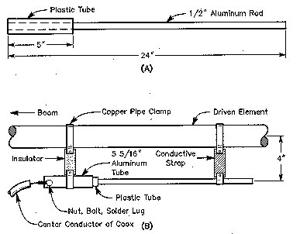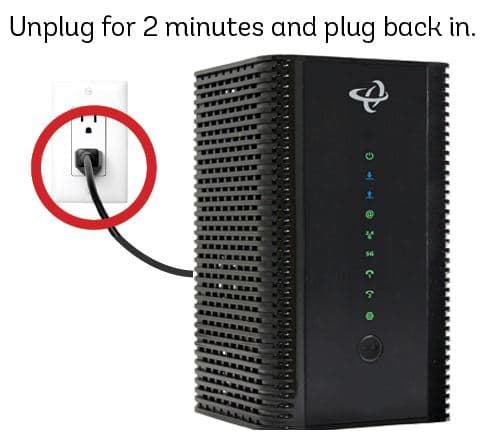When it comes to maintaining your vehicle’s electrical system, choosing the right battery cable is crucial. The cable’s gauge, or thickness, directly impacts its ability to efficiently conduct electricity and handle the current demands of your car. In this comprehensive guide, we’ll dive into the specifics of 7 gauge car battery cables, exploring their diameter, current capacity, and best practices for selection and installation.
Chapter 1: Understanding Battery Cable Gauge
1.1 The American Wire Gauge (AWG) System
Battery cables are categorized using the American Wire Gauge (AWG) system, which assigns a numerical value to represent the cable’s diameter. Counterintuitively, a smaller AWG number indicates a thicker cable, while a larger number denotes a thinner wire. For example, a 4 gauge cable is thicker than a 6 gauge cable.
1.2 7 Gauge Battery Cable Specifications
A 7 gauge battery cable falls in the middle of the AWG scale, making it a popular choice for many automotive applications. Here are the key specifications of a 7 gauge cable:
- Diameter: Approximately 0.144 inches (3.66 mm)
- Cross-sectional area: 0.0164 square inches (10.55 mm²)
- Maximum current capacity: Up to 120 amps for chassis wiring
While 7 gauge cables are suitable for most standard vehicles, it’s essential to consult your car’s manual or a professional to determine the optimal gauge for your specific make and model.
Chapter 2: Factors Affecting Cable Selection
2.1 Current Capacity and Voltage Drop
When selecting a battery cable, consider the expected current load and the cable’s length. Longer cables experience greater voltage drop, which can lead to reduced performance and efficiency. To minimize voltage drop, opt for a thicker cable or reduce the cable length when possible.
2.2 Cable Material and Insulation
Battery cables are typically made of copper due to its excellent conductivity. However, some manufacturers may use copper-clad aluminum (CCA) to reduce costs. While CCA cables are lighter and more affordable, they have lower conductivity compared to pure copper cables.
The cable’s insulation is another critical factor. Look for cables with high-temperature, oil-resistant insulation to protect against harsh underhood conditions.
Chapter 3: Installing and Maintaining Battery Cables
3.1 Proper Installation Techniques
To ensure optimal performance and safety, follow these installation best practices:
- Clean and tighten all connections to prevent corrosion and resistance.
- Use cable lugs or terminals that match the cable gauge and battery post size.
- Secure cables away from moving parts and heat sources to avoid damage.
- Apply dielectric grease to terminals to inhibit corrosion.
3.2 Regular Maintenance and Inspection
Periodically inspect your battery cables for signs of wear, corrosion, or damage. Check for the following:
- Frayed or exposed wires
- Corroded or loose connections
- Cracks or splits in the insulation
If you notice any issues, replace the affected cables promptly to maintain your vehicle’s electrical system’s reliability and performance.
Conclusion
Selecting the right battery cable gauge is essential for ensuring your vehicle’s electrical system operates efficiently and reliably. A 7 gauge cable, with its 0.144-inch diameter, offers a balance between current capacity and flexibility for most automotive applications.
By understanding the factors that influence cable selection, such as current load, voltage drop, and material properties, you can make an informed decision when choosing battery cables for your vehicle. Additionally, proper installation and regular maintenance will help extend the life of your cables and prevent electrical issues down the road.
FAQs
- Can I use a thinner gauge cable to save money?
While using a thinner cable may seem cost-effective, it can lead to increased voltage drop, reduced performance, and potential safety hazards. Always use the recommended gauge for your vehicle’s specific requirements. - How often should I replace my battery cables?
Battery cables should be replaced if they show signs of damage, corrosion, or excessive wear. As a general rule, consider replacing your cables every 5-7 years or as recommended by your vehicle’s manufacturer. - Can I mix different gauge cables in my vehicle’s electrical system?
It’s best to use the same gauge cable throughout your vehicle’s electrical system to ensure consistent performance and avoid potential issues caused by mismatched conductivity.
Resources
- Custom Battery Cables – Cable and Wire Questions
- IEWC – Automotive Battery Cable Specifications & Overview
- Jay Dee Auto Cables – Cable Size Chart
By following this guide and leveraging the provided resources, you’ll be well-equipped to select and maintain the optimal 7 gauge battery cables for your vehicle, ensuring a reliable and efficient electrical system for years to come.


![[Windows 8] How to share Internet connection with your phone, tablet, other computers, and other dev](https://www.800908.com/wp-content/uploads/2021/10/1224-6.png)

